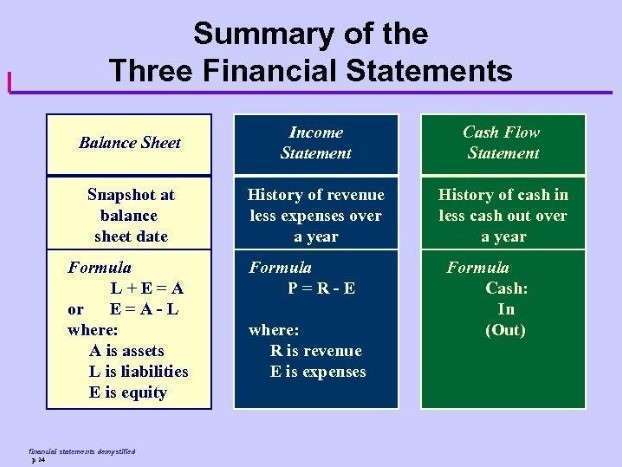The role of spend analytics in the next normal

This process ensures procurement strategies align with business goals, allowing decision-makers to enhance operational efficiency and financial planning precision. We provide an automated, AI-driven spend intelligence solution that lets you overcome all these common data management challenges. We also can help you drive non-financial performance, such as sustainability, risk management, and legal and regulatory compliance, via more informed sourcing and purchasing decisions. Effective spend Catch Up Bookkeeping management is crucial for controlling costs, improving supplier relationships, and ensuring compliance.
- Spend analysis improves strategic sourcing, vendor selection, supplier management, contract pricing, payment terms, spend management, financial results, and cash flow.
- Within six months, the company identified potential savings of over 10 million euros.
- As mentioned earlier, you can source spend data from multiple sources such as ERP, general ledgers, accounts payable, etc.
- Chart of Accounts is normally held by the finance team, in the form of an indexed document or guide.
- Spend analytics can also help you build stronger, strategic partnerships with your vendors.
- This collaboration often extends to joint product development, where clients can influence the roadmap of the software enhancements based on their needs and challenges.
Benchmarking in Spend Analysis
Losing money to irregular or inefficient spending can make reaching even your quarterly targets challenging. Monitors supplier behavior automated spend analysis and payment trends, fostering improved relationships through timely payments and transparency. Achieving comprehensive visibility into organizational spending is a significant challenge. AI addresses this by identifying anomalies and elucidating the reasons behind variations. By comprehending supplier performance and expectations, businesses can foster stronger relationships. The result is a more agile, data-informed approach that enables organizations to maintain a competitive edge while ensuring financial efficiency.
Data quality and accuracy
- These features provide a level of customization while maintaining the structure and stability of a dedicated platform.
- This can significantly reduce the time it takes to generate insights, allowing businesses to act on cost-saving opportunities quickly.
- For large enterprises, this faster time to value translates to quicker realization of cost savings and improved procurement performance.
- Without native integration, creating a complete, accurate view of spend is manual and error-prone.
- Without a shared definition of terms like “savings” or “risk,” collaboration may stall and action on insights can be delayed, limiting impact across the business.
Spend analysis is unique to what are retained earnings every business, and therefore, there is no one good way to do it all. Here at Art of Procurement we don’t believe in a one-size-fits all approach to procurement technology – or anything for that matter. Instead, we offer first-hand observations and guidance based on decades of practitioner experience to help you self-assess your needs and options. If you’re evaluating procurement technology or exploring ways to drive more value from existing systems, chances are you’re looking beyond tactical fixes – you want a smarter, scalable strategy. Organizations leveraging predictive methods gain advantage through proactive rather than reactive procurement strategies. The responses that procurement organizations are crafting center on several common themes, which translate into a series of questions for the organizations to address.
How to conduct spend analysis
To form a detailed analysis, capture essential elements including supplier information, transaction amounts, dates, cost centers, and contract references. Finally, tracking all spend-monitoring efforts in a single place enables teams to benchmark different parts of the organization against one another—and, where data are available, against other organizations as well. Indeed, throughout the COVID-19 pandemic, many organizations have set up spend control towers or crisis nerve centers that centralize data for managing spend in indirect categories. The challenge, in many cases, is to bolster these organizational structures with robust processes and tools for tracking results. The vital role played by procurement functions has come to the fore in recent weeks through the highly visible need to quickly source personal protective equipment (PPE) and other critical supplies. Across wide a range of organizations, procurement functions have delivered substantial results—and within just a few weeks.
Categorize Spend for Better Insights
Making spend analysis an ongoing process, not a one-off task, is vital to see long-term effects for your company. While one company might have set classifications for their spend data, their categorization might only work for some companies, even in the same industry. Collecting all data on a single platform and carefully storing the given data in a readable format is essential. The power of spend analytics to help you control and prioritize spend is undeniable, but not all platforms are created equal.
Configurable, role-based dashboards
- For years, procurement teams have relied on spreadsheets, legacy BI tools, and manual categorization to analyze spend.
- Because a spend analysis looks at so much data and really takes each component and examines it closely, it’s not a process you want to rush.
- While there are challenges in spend analysis, a well-planned and executed process can optimise your spending.
- Tropic offers a robust spend analytics solution that gives you deeper insights into all aspects of your spending.
- According to McKinsey & Co., organizations using automated procurement solutions have seen a 30% reduction in procurement processing costs, highlighting the impact of automation.
Since they all classify data individually, using several methods, extracting and analyzing the data can take time and effort. Spend analysis projects fail because you need to understand your organization’s needs better. Without appropriate spend analysis tools or systems to support such a project, the validity of the spend analysis becomes questionable.


This means grouping transactions into categories, such as supplies, travel, or salaries. Accurate categorization is critical for identifying trends and patterns in your spending. Companies implementing specialized procurement solutions have experienced an average cost reduction of 8-20% with 40-60% reduction in manual analysis time. This immediate access enables proactive management, allowing teams to address issues as they arise rather than discovering problems months later. Dynamic graphs and charts instantly display critical metrics like spend by category, supplier, department, and time period, with data that can be sliced and diced real-time on screen for immediate analysis. For years, procurement teams have relied on spreadsheets, and manual categorization to analyze spend.
